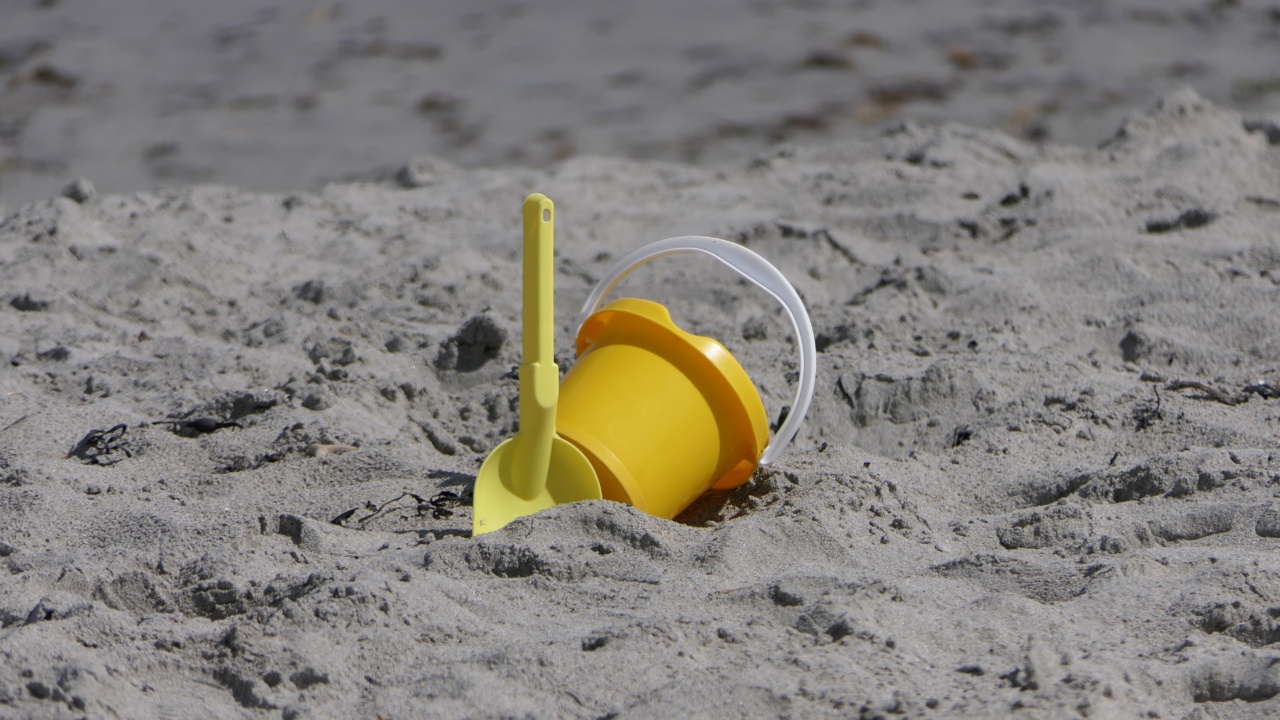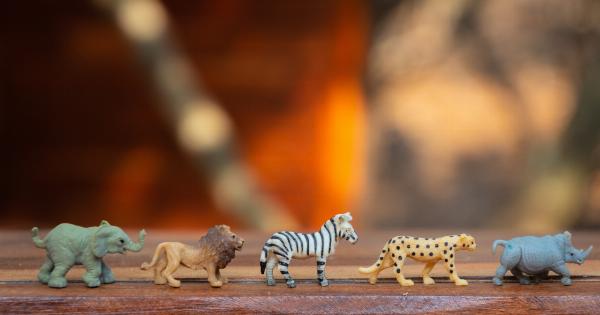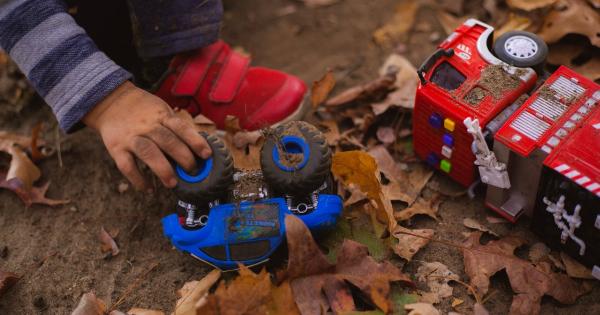Plastic toys have become a staple in the lives of children all over the world. These brightly colored playthings are often seen as harmless fun, but recent research suggests that they may have a negative impact on child health.
This article explores the potential risks associated with plastic toys and offers insights into how parents can make informed choices to protect their children.
The Dangers of Plastic
Plastic toys are typically made from a variety of chemicals, including phthalates and bisphenol A (BPA). These chemicals have been linked to a range of health concerns, including hormone disruption, developmental issues, and even certain cancers.
The soft plastic often used in toys, such as teethers and bath toys, is particularly problematic as it can release phthalates more easily.
Young children are especially vulnerable to the effects of these chemicals due to their developing bodies. Their smaller size, rapid growth, and immature systems make them more susceptible to toxic exposures.
When children chew on plastic toys or put them in their mouths, they can unknowingly ingest harmful chemicals, increasing their risk of health problems.
Impact on Hormones
Phthalates and BPA are known endocrine disruptors, meaning they can interfere with the body’s hormone system.
These chemicals mimic or interfere with the actions of natural hormones like estrogen and testosterone, which can lead to imbalances in the body.
Research has linked exposure to phthalates and BPA with a variety of hormone-related issues in children. Girls exposed to these chemicals may experience early puberty, irregular menstrual cycles, and reduced fertility later in life.
Boys, on the other hand, may face problems with reproductive development, including undescended testes and reduced sperm quality.
Furthermore, endocrine disruption can have broader implications for children’s overall health and development. It can affect their brain development, immune system, and metabolism.
Some studies have even suggested a link between exposure to these chemicals and an increased risk of obesity and diabetes.
Developmental Concerns
Childhood is a crucial time for brain development, and exposure to certain chemicals can potentially interfere with this process.
Studies have found associations between phthalate exposure and cognitive impairments in children, including problems with attention, memory, and IQ.
Plastic toys may also contribute to behavioral and emotional issues in children. Research has suggested a possible connection between exposure to phthalates and an increased risk of attention-deficit/hyperactivity disorder (ADHD) symptoms.
These chemicals can disrupt the delicate balance of neurotransmitters in the brain, affecting mood and behavior.
Moreover, the excessive use of electronic plastic toys can hinder children’s cognitive and social development.
Instead of engaging in creative and imaginative play, children may become overly reliant on technology and miss out on essential developmental experiences.
Mitigating the Risks
While the risks associated with plastic toys are concerning, there are steps that parents can take to protect their children’s health:.
1. Choose Alternatives
Look for toys made from natural materials like wood, cloth, or silicone. These materials are generally safer and less likely to contain harmful chemicals. There are many eco-friendly toy options available that prioritize child safety and well-being.
2. Check for Safety Standards
Before purchasing any toy, check to see if it meets safety standards. Look for certifications like the CE mark in Europe or ASTM International certification in North America.
These certifications ensure that the toy has undergone rigorous testing for safety and quality.
3. Avoid PVC Plastics
PVC, or polyvinyl chloride, is a type of plastic commonly used in toys. It often contains phthalates and other unsafe additives, so it is best to avoid toys made from PVC. Opt for toys labeled as PVC-free or made from alternative materials.
4. Regularly Clean and Inspect Toys
Plastic toys can accumulate dirt, dust, and bacteria over time. Regularly clean them with mild soap and water to keep them safe for play. Additionally, inspect toys for any signs of wear, damage, or loose parts that could pose a choking hazard.
5. Educate Yourself
Stay informed about the potential risks associated with certain chemicals and toys. Read product labels, research manufacturers’ practices, and consult reliable sources of information on child health and toy safety.
Knowledge is key to making informed choices.
Conclusion
Plastic toys may seem harmless, but they can pose significant risks to child health. The chemicals used in their production have been linked to hormone disruption, developmental issues, and other health concerns.
By choosing safer alternatives, adhering to safety standards, and staying informed, parents can help protect their children from these potential dangers. It is crucial to prioritize child health and well-being by making conscious choices when it comes to the toys they play with.




























